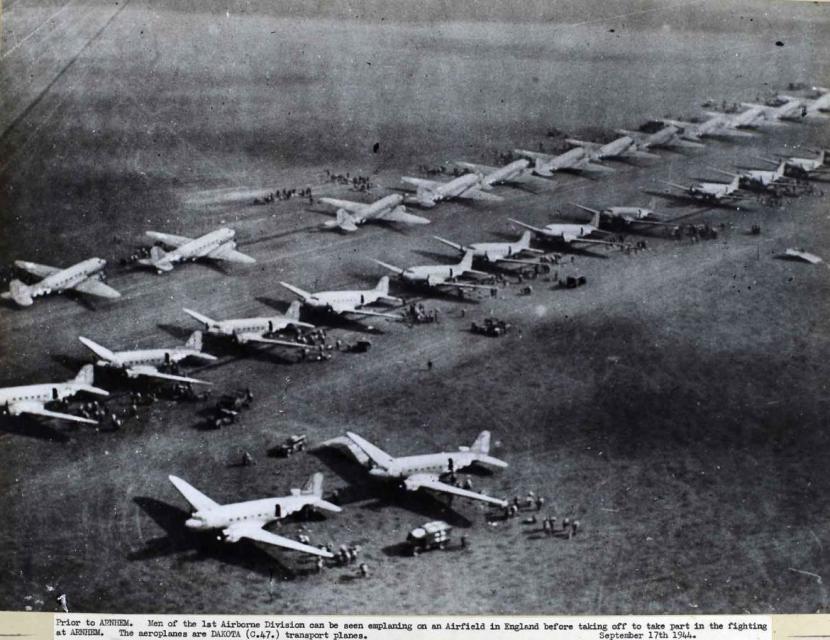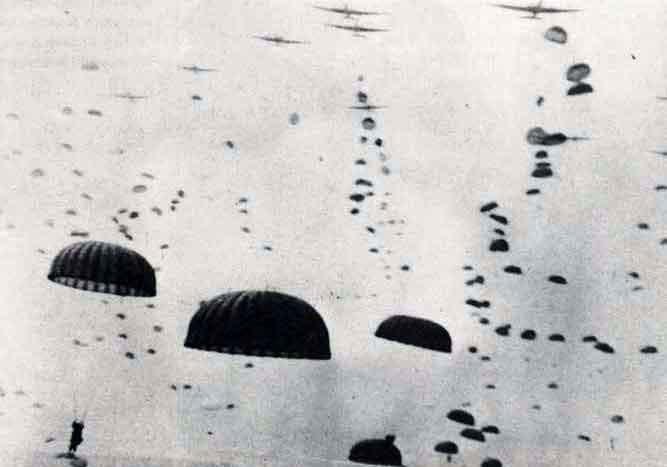“He is at once God and their intimate friend,” wrote journalist Martha Gellhorn back in the 1930s of President Franklin Roosevelt. The quote comes from The Roosevelts, the new Ken Burns documentary that PBS airs this month. But the term “documentary” doesn’t do The Roosevelts justice. “Extravaganza” is more like it: In not one but 14 lavish hours, the series covers two great presidents, Theodore Roosevelt, who served in the first decade of the last century, and Franklin Roosevelt, who led our nation through the Great Depression and to victory in World War II. In his use of the plural, Burns correctly includes a third Roosevelt: Eleanor, who as first lady also affected policy, along with her spouse.
[…]
Absent, however, from the compelling footage is any display of the negative consequences of Rooseveltian action. The premise of Theodore Roosevelt’s trustbusting was that business was too strong. The opposite turned out to be true when, bullied by TR, the railroads promptly collapsed in the Panic of 1907. In the end it fell to TR’s very target, J. P. Morgan, to organize the rescue on Wall Street.
The documentary also neglects to mention that the economy of the early 1920s proved likewise fragile — casualty, in part, to President Woodrow Wilson’s fortification of TR’s progressive policies. Presidents Warren Harding and Calvin Coolidge poured their own energy into halting the expansion of an imperial presidency and sustaining the authority of the states. This endeavor, anti-progressive, also won approbation: In 1920, the Harding-Coolidge ticket beat Cox-Roosevelt. The result of the Harding-Coolidge style of presidency was genuine and enormous prosperity. The 1920s saw the arrival of automobiles, indoor toilets, and the very radios that FDR would later use so effectively to his advantage. Joblessness dropped; the number of new patents soared. TR had enjoyed adulation, but so did his mirror opposite, the refrainer Coolidge.
When it comes to the 1930s, such twisting of the record becomes outright distortion. By his own stated goal, that of putting people to work, Roosevelt failed. Joblessness remained above 10 percent for most of the decade. The stock market did not come back. By some measures, real output passed 1929 levels monetarily in the mid 1930s only to fall back into a steep depression within the Depression. As George Will comments, “the best of the New Deal programs was Franklin Roosevelt’s smile.” The recovery might have come sooner had the smile been the only New Deal policy.
So great is Burns’s emphasis on the Roosevelt dynasty that William Howard Taft, Woodrow Wilson, Warren Harding, Calvin Coolidge, and Herbert Hoover come away as mere seat warmers in the White House. Especially puzzling is the neglect of TR’s progressive heirs, Taft and Wilson, who, after all, set the stage for FDR. This omission can be explained only by Burns’s desire to cement the reign of the Roosevelts. On the surface, the series’ penchant for grandees might seem benign, like the breathless coverage of Princess Kate’s third trimester in People magazine. In this country, elevating presidential families is a common habit of television producers; the Kennedys as dynasty have enjoyed their share of airtime. Still, Burns does go further than the others, ennobling the Roosevelts as if they were true monarchs, gods almost, as in Martha Gellhorn’s above mentioned line. Burns equates progressive policy with the family that promulgates it. And when Burns enthrones the Roosevelts, he also enthrones their unkingly doctrine, progressivism.

 Today’s game between the Minnesota Vikings and the New Orleans Saints may be the point at which quarterback Matt Cassel has to defend his starting job against rookie Teddy Bridgewater. Cassel did well in the season opener against the St. Louis Rams, but was flat out terrible last week playing the New England Patriots at the Vikings’ home for the next two years, TCF Bank Stadium at the University of Minnesota. If Cassel can get back to his preseason-and-first-regular-season form, he’ll definitely keep the starting job. If he turns in another performance like last Sunday, the Teddy Bridgewater Underground may start active operations to install their preferred quarterback for next week.
Today’s game between the Minnesota Vikings and the New Orleans Saints may be the point at which quarterback Matt Cassel has to defend his starting job against rookie Teddy Bridgewater. Cassel did well in the season opener against the St. Louis Rams, but was flat out terrible last week playing the New England Patriots at the Vikings’ home for the next two years, TCF Bank Stadium at the University of Minnesota. If Cassel can get back to his preseason-and-first-regular-season form, he’ll definitely keep the starting job. If he turns in another performance like last Sunday, the Teddy Bridgewater Underground may start active operations to install their preferred quarterback for next week.



